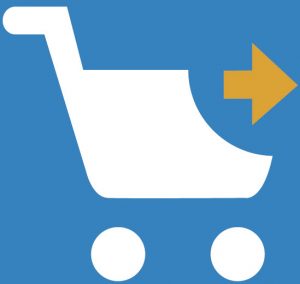 B2C (Business–to-Consumer sales) and B2B (Business-to-Business sales) have been long seen as separate markets that require distinctly different marketing strategies. Business purchasers are driven by different motivators than consumers. They also have more distinct expectations about the entire sales process. As an MSP, you are selling B2B and you’re prospects are going to respond better (and your sales will improve!) if you keep in mind the key characteristics of selling B2B. If you fail to recognize and accommodate how a business makes purchases, you are likely to fail to meet the key needs of your prospects.
B2C (Business–to-Consumer sales) and B2B (Business-to-Business sales) have been long seen as separate markets that require distinctly different marketing strategies. Business purchasers are driven by different motivators than consumers. They also have more distinct expectations about the entire sales process. As an MSP, you are selling B2B and you’re prospects are going to respond better (and your sales will improve!) if you keep in mind the key characteristics of selling B2B. If you fail to recognize and accommodate how a business makes purchases, you are likely to fail to meet the key needs of your prospects.
In the next several blogs, we will talk about the 3 main issues that characterize B2B sales, and what this means for you as a vendor of managed services. Today’s blog will talk about the process-oriented, rational nature of B2B sales.
The first and most critical difference between B2B and B2C is the variance in the key motivators that drive a buying decision. In business purchasing, buyers strive to be sure that their purchase is based as much as possible on rational, fact-based analysis. In business purchasing, all buy decisions need to satisfy logical and measurable ends. For example, will it increase profits? Will it aid measurable productivity? Does it improve the satisfaction of a specific stakeholder? Because of this, business purchasing is defined by a rigorous buying process that strives to ensure rational, profit-driven purchasing. The most structured example of this is the RFP (Request for Proposal) process used in government and industry. The RFP process, with its tightly defined specifications and strict product and service requirements, along with strict parameters for competitive bidding, is designed to create the most effective, rational purchasing process. Good business purchasing has little space for whimsy or impulse buying.
Consumer decision-making is not constrained by these narrow parameters. The singular motivation for increased profits that drives business making is missing. There is no final “bottom line” criterion in the consumer decision-making process. Motivations are as varied as the individual. A calculus of desire, style, prestige, and aspiration, as well as price and suitability may drive consumers. Frustratingly, the bulk of these factors lack any precise, quantifiable method of measurement. In truth, the consumer herself may not be able to articulate why she bought Product A over Product B. Nor may she even care. “ I just like it better” can be a perfectly good justification for a purchase. (A fact that has been forever frustrating and challenging marketers of consumer goods)
What does this mean for you as you sell managed services? It means that you need to lay out clear, numbers-based reasons why using a managed service provider makes sense for your prospect. In what specific ways will the prospect benefit from your services? How is each specific service offering relevant to their needs, and what is the financial value of each one to their business? As you develop a proposal, be sure that it lays out a clear, quantified list of ways they benefit from your services.
